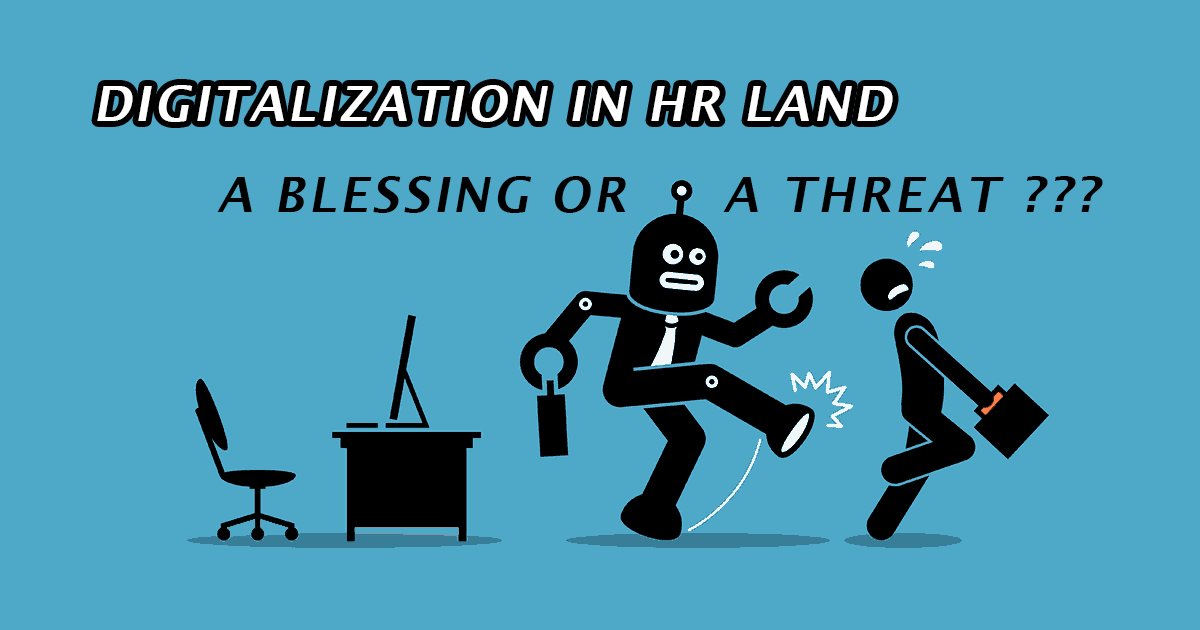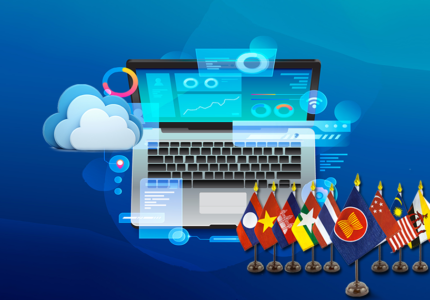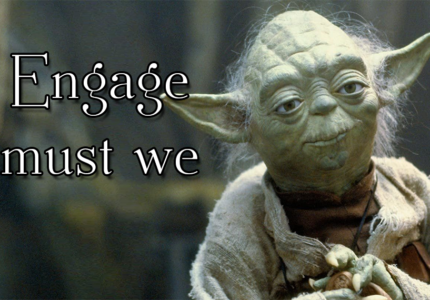Although this article is a few years old, many of the findings still stand – Certainly now generative AI is making inroads into all areas in business, the Human Resource function need to step up even more than before to lead instead of just following the wave – if not to call it a tsunami- of digitalization initiatives and trends.
We have taken some quotes from the article to get you thinking while we formulate 3 key points we see in the projects we’re involved in with our clients.
“Will automation cause the workforce of the future to be dominated by malevolent, beady-eyed robots gleefully expelling humans from their offices and cubicles to lay claim to their jobs?“
“Automation is everywhere, and its impact on human resources is expanding, but many say HR professionals are only dimly aware of the trend.”
Key Point 1 – Data Quality and Consistency.
In many companies that we work with, the quality of source data is substandard. To give a simple example, if your employee records do not have information on the date of birth of children of employees, you cannot calculate child leave entitlement. Whoever wants to automate… you have to make sure all the data you want to capture and use is complete, accurate and consistent.
“I think HR needs to step up — and step up quickly— because other functions are laying claim to where the action is”
Key Point 2 – Understand your HR and Payroll processes.
You can only automate what you know and nobody knows these processes better than the HRM function. Don’t let IT, Operations or Finance, lead. HR should actively take the lead.
“Of 21 responsibilities, KPMG found only five to be relatively less susceptible to automation:
1. People performance whole system architecture (building a high-performance work system).
2. HR and business strategy.
3. Organizational effectiveness.
4. Change management.
5. Employee relations.”
Key Point 3 – Not Everything Can (Easily) Be Automated
Pick the low hanging fruit first. Many companies in SE Asia are only just beginning their HR and Payroll transformation journey. Start from the beginning and don’t try to run before you can walk.
“A weakness of too many HR professionals is that they are narrowly compartmentalized, with someone looking at talent, someone else at performance, and someone else at rewards. In many organizations, no one has all the necessary skills to deal with changes that artificial intelligence is forcing upon the HR-related aspects of organizations,”
Key Point 4 – Have a Strategy and a Plan.
Be persistent, Rome wasn’t build in a day and a HRIS transformation journey is exactly that: a journey that never ends. Start small, build up the pace and continue improving and automating.






